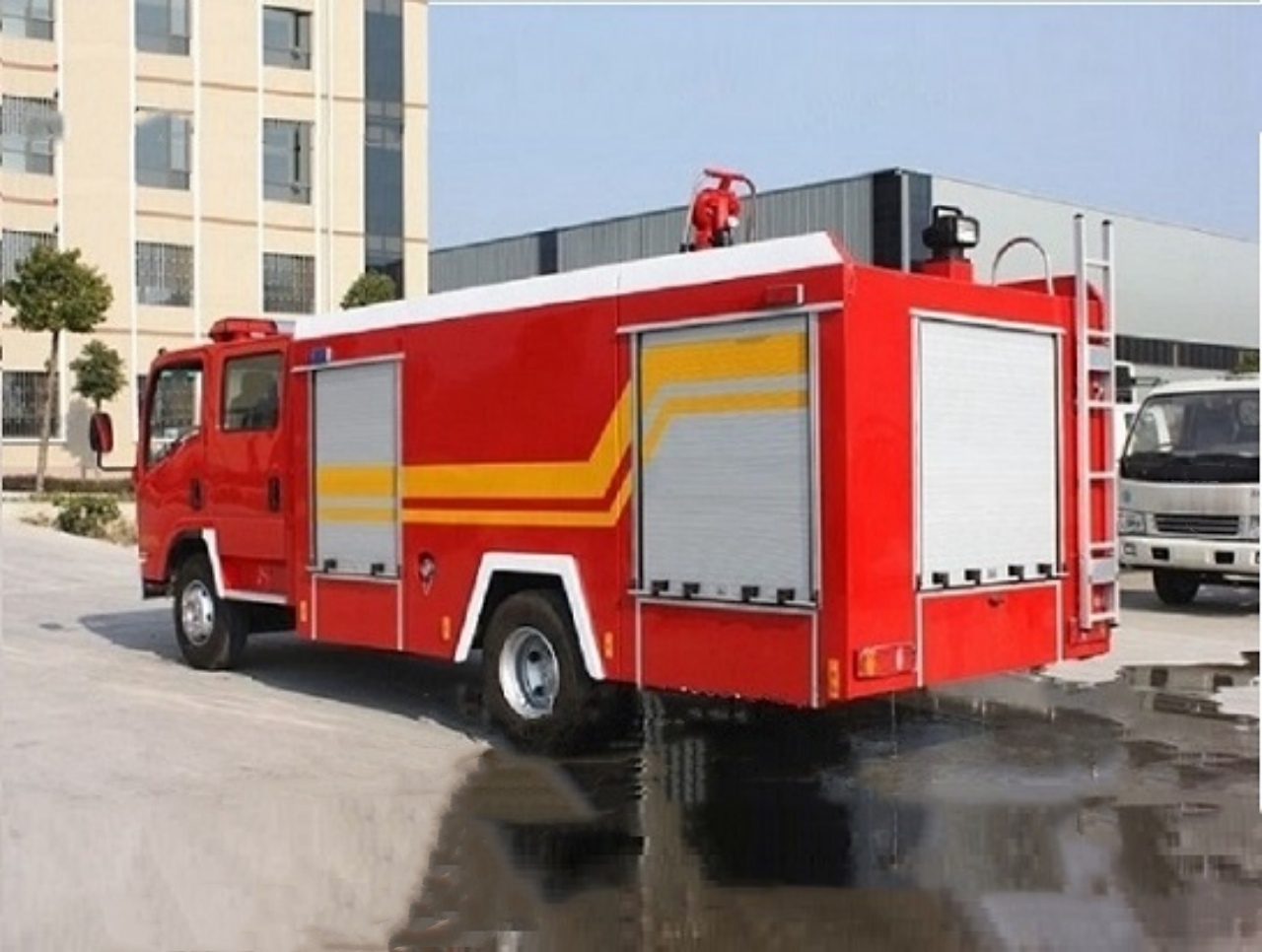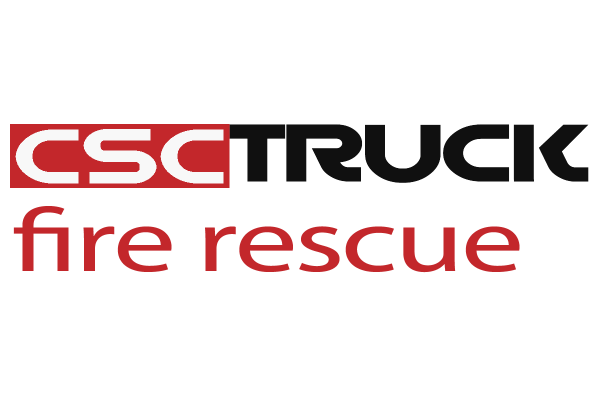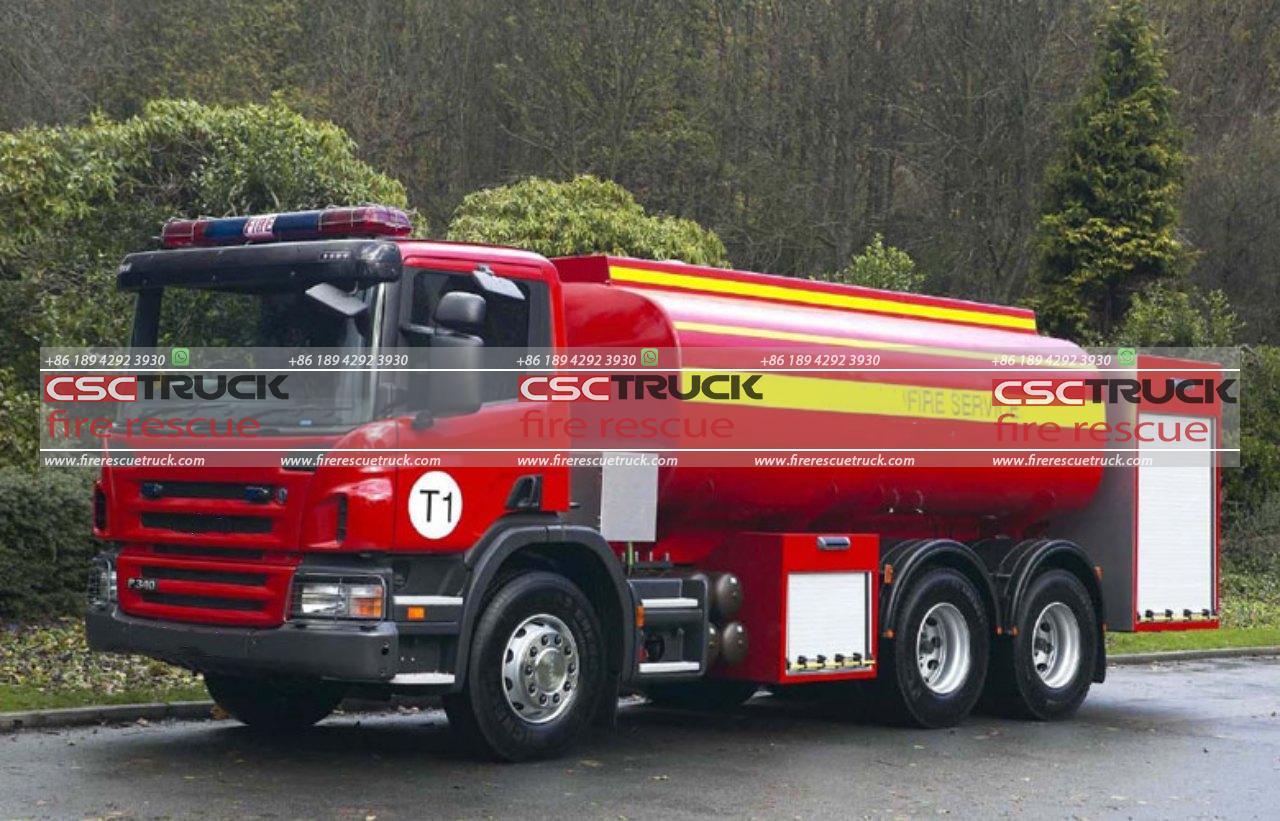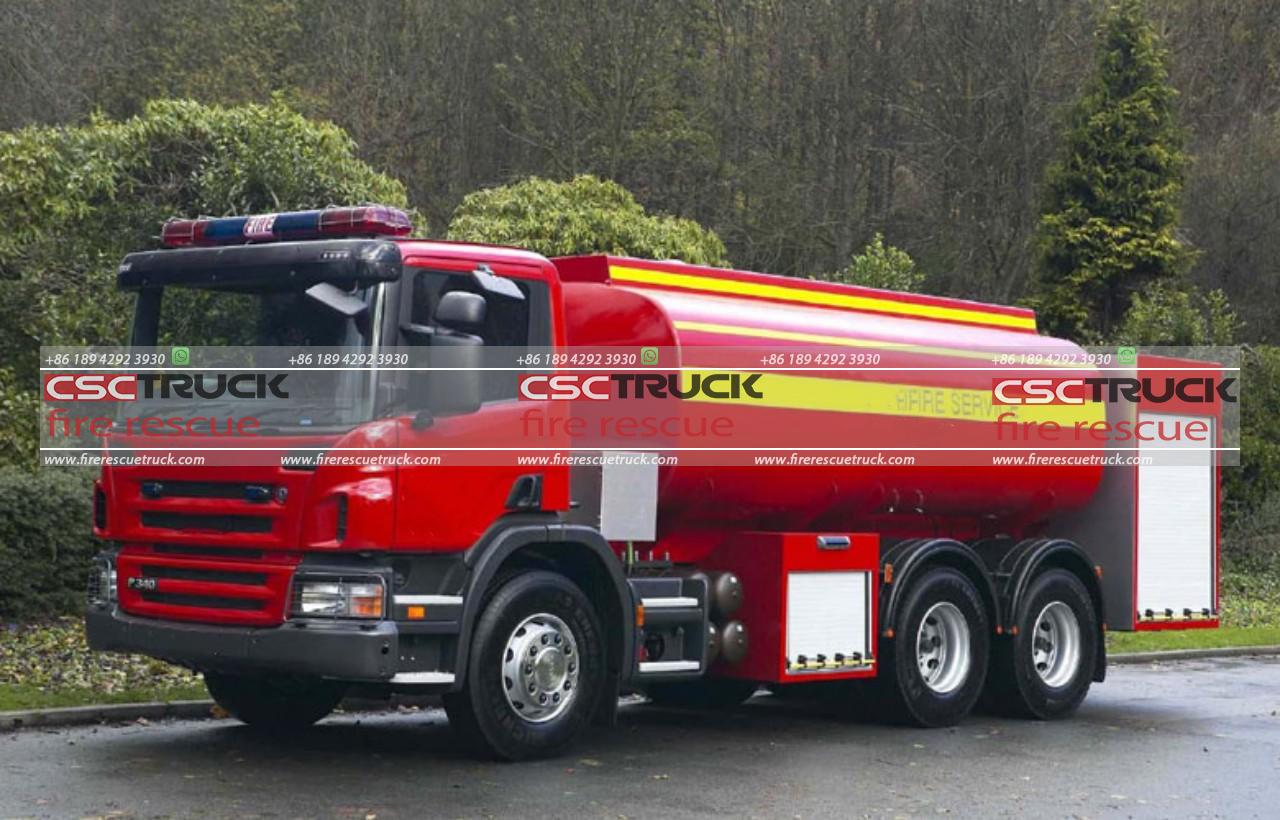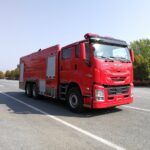A water truck is a specialized vehicle designed primarily to transport and deliver water to various locations and for a variety of applications. These trucks are most commonly seen in construction, mining, agricultural, and firefighting operations, though their utility extends far beyond these industries. In essence, a water truck is any vehicle that is equipped to carry and dispense water for specific purposes, from dust control on construction sites to wildfire suppression.
Components and Features of a Water Truck
Water trucks are built with distinct components that make them suitable for transporting and distributing large quantities of water. The primary features that define a water truck include the water tank, distribution system, and chassis or vehicle structure.
1. Water Tank
The central feature of any water truck is the water tank itself. Typically made of steel, aluminum, or other durable materials, the tank is designed to hold large volumes of water, often ranging from 2,000 to 5,000 gallons, although larger models can carry up to 10,000 gallons or more. The tanks are built to withstand the pressures and strains of both transporting water and performing other duties such as spraying or mixing.
The design of the tank often includes baffling to prevent water sloshing, which can affect the stability of the truck when it is moving. This internal baffle system helps stabilize the water and keeps the load balanced. Some advanced models are even designed with a compartmentalized structure to help with the distribution of water in different ways, allowing for efficient spraying in controlled bursts or maintaining constant water flow.
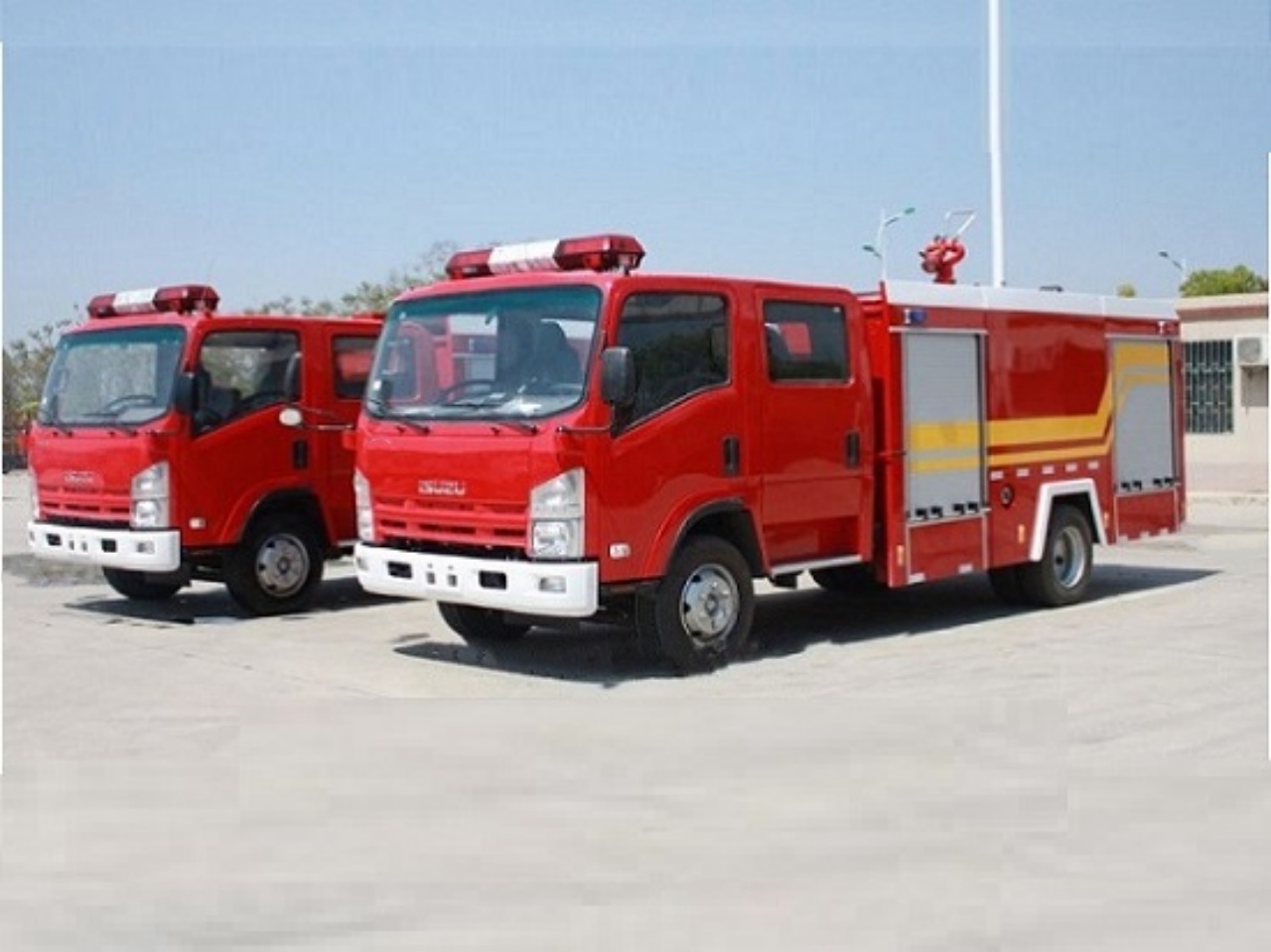
2. Distribution System
Water trucks are equipped with a distribution system that allows for the controlled release of water. This system is often powered by the truck’s engine or a separate pump system. The distribution mechanisms can vary based on the truck’s intended use and may include:
- Spray Bars: These are common in construction and road maintenance applications, and used for dust control. The spray bar is mounted across the back of the truck and can be adjusted to direct water across a wide area. The spray bars have nozzles that allow for even and controlled water dispersion.
- Water Cannon or Nozzle: Larger trucks may be equipped with high-pressure water cannons or nozzles for more powerful water delivery. These are often used in fire suppression, for washing down equipment, or for industrial cleaning. The nozzle can be adjustable for different spray patterns and distances.
- Pump System: The pump is the heart of the water distribution system. It pushes the water from the tank through hoses or spray bars. Depending on the vehicle, the pump can be mounted either inside the truck or externally.
- Hoses: For more targeted water delivery, some trucks are equipped with high-capacity hoses, typically used for firefighting purposes. The hoses allow the truck to provide a direct line of water to areas that need it most, such as fires, agricultural fields, or specific dust control points.
3. Chassis and Engine
Water trucks are generally built on heavy-duty truck chassis designed to carry heavy loads. The chassis is chosen based on the size and weight of the tank it will support. For example, a larger water truck with a 10,000-gallon tank may require a multi-axle chassis for better weight distribution and stability.
Water trucks come in both manual and automatic transmissions, with a variety of engine sizes to accommodate different payloads. The engine must be powerful enough to carry the water load, power the pump, and handle the added weight of the vehicle. Many water trucks also feature 4-wheel drive (4WD) or all-wheel drive (AWD) capabilities to ensure better traction on rough, uneven terrain.
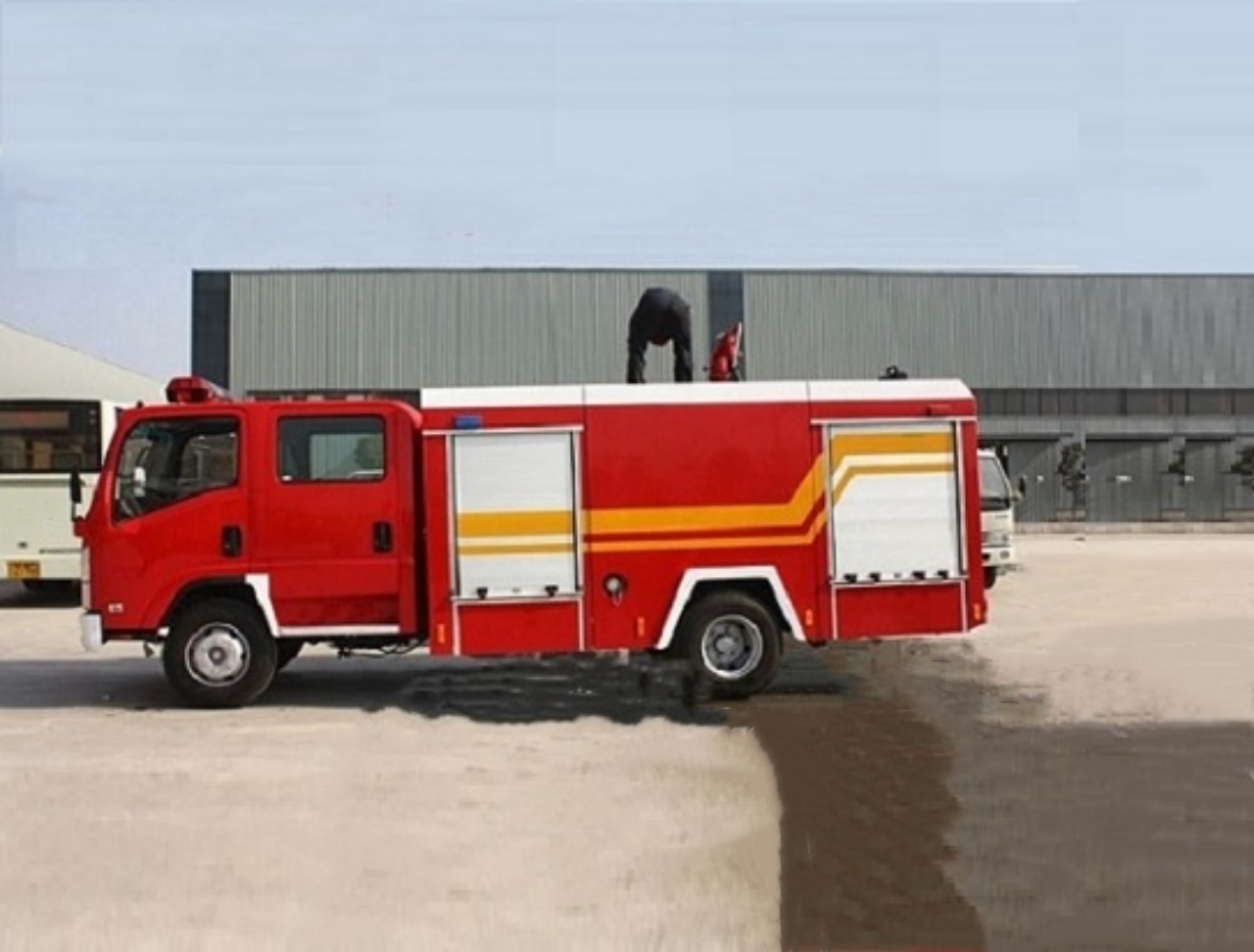
4. Tires and Suspension
The suspension system of a water truck must be able to handle the dynamic weight distribution caused by a full or partially full water tank. Water trucks often feature reinforced suspension systems and larger, more durable tires to withstand the additional stress placed on the vehicle. These trucks are often fitted with off-road tires if they are designed for use on construction or mining sites where the terrain can be rugged.
Types of Water Trucks
Water trucks come in a variety of configurations, each designed to meet specific needs across different industries. Some of the most common types of water trucks include:
1. Construction Water Trucks
In the construction industry, water trucks are primarily used for dust control. Dust can be a significant problem at job sites, particularly in areas where heavy machinery and vehicles are at work. By spraying water over the surface of the construction site, water trucks help reduce airborne dust and improve air quality. These trucks often have spray bars or nozzles mounted on the rear and sides of the vehicle, allowing for efficient water coverage.
2. Firefighting Water Trucks
Water trucks are essential for firefighting efforts, particularly in rural or remote areas where fire hydrants are not available. Firefighting water trucks are equipped with high-pressure pumps, large tanks, and hoses that can deliver large volumes of water to fight wildfires or support controlled burns. These trucks often have high-capacity water tanks, typically 2,000 to 5,000 gallons, but some can be even larger for more extensive firefighting operations.
3. Agricultural Water Trucks
In agriculture, water trucks are used to irrigate crops, especially in areas that do not have access to a centralized water supply or irrigation system. These trucks are often equipped with tanks and hoses that allow for easy and precise water application across large fields. Some agricultural water trucks also have sprayers for applying pesticides or fertilizers.
4. Mining Water Trucks
Mining operations, particularly in quarries or open-pit mines, rely on water trucks for several purposes. Dust suppression is a critical need in mining environments, where heavy machinery creates large amounts of dust. Water trucks help keep the dust in check, ensuring a safer working environment for miners and more favorable conditions for nearby communities. Mining water trucks may also be used for other purposes, such as washing down mining equipment.
5. Water Trucks for Road Maintenance
Water trucks are also used in road maintenance, where they provide water for paving or road cleaning. In many road resurfacing projects, water is sprayed to cool down hot asphalt and facilitate smoother application. Additionally, water trucks are essential for keeping dirt roads wet to reduce erosion and maintain road integrity.
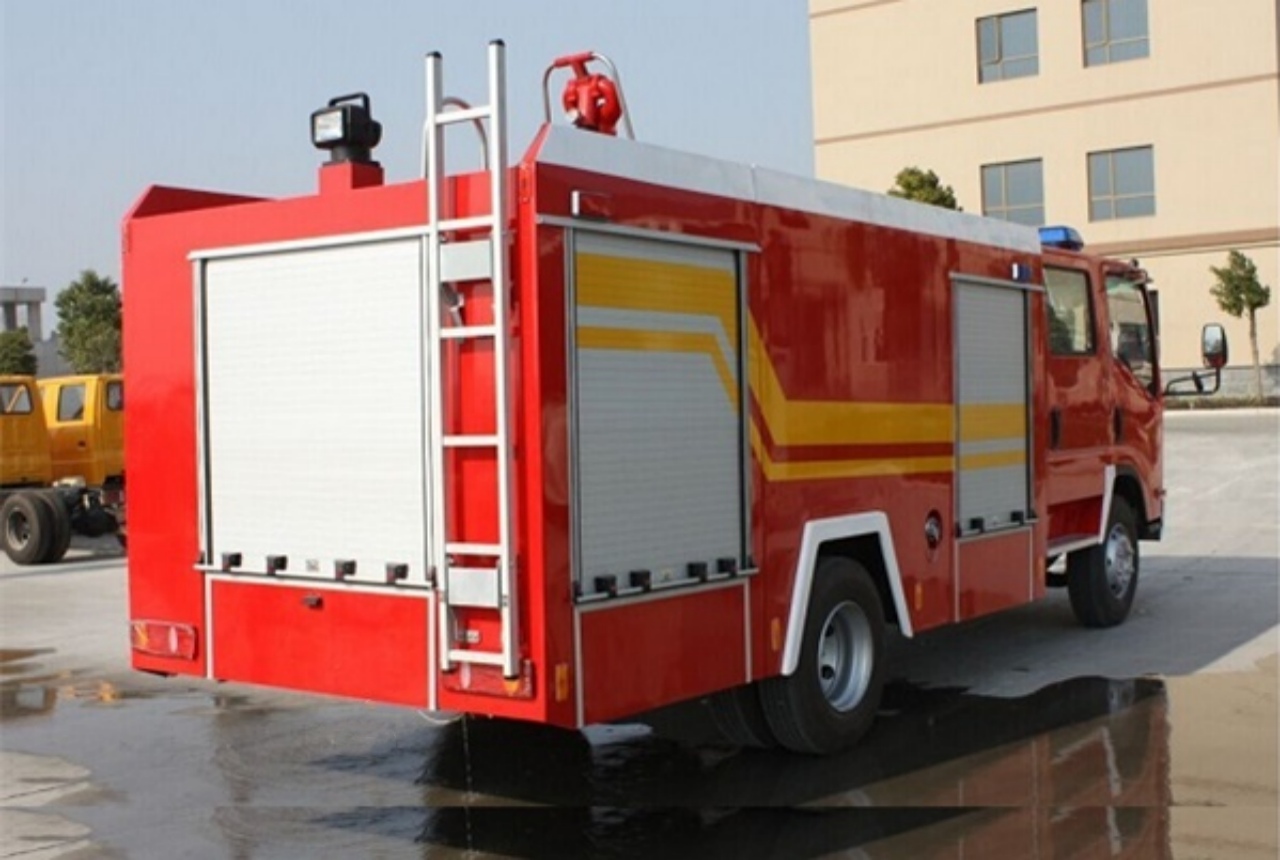
Applications and Benefits of Water Trucks
Water trucks provide significant benefits across many industries. Their versatility makes them indispensable for tasks ranging from basic dust suppression to emergency fire response. Some of the key applications and advantages include:
- Dust Control: Dust on construction sites, mining operations, and dirt roads can cause serious health risks and reduce visibility. Water trucks help manage and mitigate this issue, improving safety and working conditions.
- Firefighting: Water trucks are crucial for wildfire suppression and other emergency firefighting efforts, especially in remote areas without access to municipal water systems.
- Agricultural Irrigation: For farms and fields without access to irrigation systems, water trucks can ensure crops receive the necessary hydration.
- Versatility: Whether for industrial cleaning, dust suppression, or firefighting, water trucks are highly versatile, adapting to a wide range of tasks.
Conclusion
A water truck is a specialized vehicle that serves an essential role in industries where the transportation and distribution of water are needed. Whether used for dust suppression on construction sites, firefighting in remote areas, agricultural irrigation, or industrial cleaning, water trucks are invaluable assets in many sectors. Their unique combination of large water tanks, distribution systems, and rugged construction make them a versatile and vital tool in maintaining safety, efficiency, and productivity in diverse industries.
